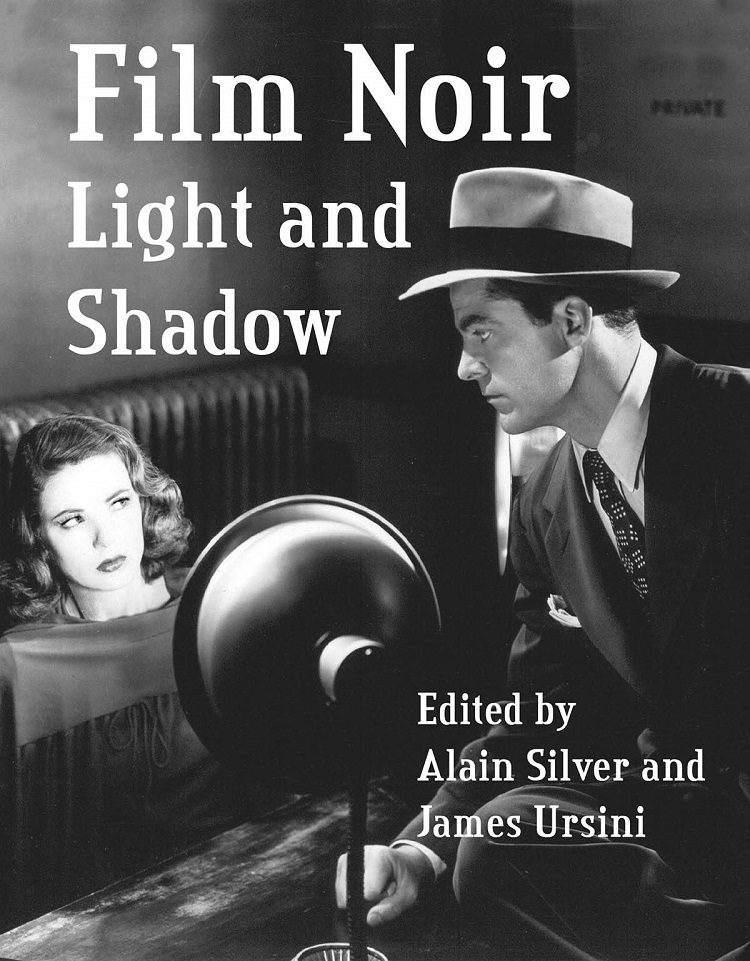
Much like the Supreme Court with pornography, I find “film noir” difficult to define, but I know it when I see it. The term was coined by French film critic Niko Frank in 1946 and literally means “black cinema” but might more correctly be translated as “dark cinema”. It was used to describe the type of crime dramas that were popular during the ’40s and ’50s with its stark use of shadows and its bleak, dark themes. But exactly what “film noir” is can be as problematic to pin down as so many of the femme fatales that appear in the genre.
Film noirs are adaptations of hard-boiled detective novels from the ’20s and ’30s, except when they aren’t. They star tough, no-nonsense private eyes and cops, except when they don’t. Those men are inevitably double crossed by strong, sexy, dangerous women, except not always. The films are shot in stark black and white with strong shadows and peculiar angles, they feature lurid dream sequences, are set in large cities, and contain strong sequences of sex and violence, except…well, you get the picture.
Film noir is not even technically a genre, but rather a mood, a style, and a point of view. There is continual debate on what constitutes a noir and which films can be categorized as such. As close as anyone can come to a definition is that film noir often has a certain style and deal in dark themes and the bleakness of the human soul.
Film Noir Light and Shadow does not attempt to settle the matter of defining “film noir”, but rather purposes to dig deep into numerous films that exist within it and attempts to understand it better. It consists of 22 long essays about various aspects of the film noir with thoughtful studies concerning a number of films.
Reading the book, I was not surprised to discover that the majority of the authors are academics who have obtained various graduate degrees in film and whose day job often consists of lecturing at university. The writings contained within have a bit of an intellectual feel to it. I suspect it will be the textbook at various institutes of higher learning in classes concerning the history of film and noir itself. As such, it could be difficult to read for a lay person. It’s not the sort of book one can pick up casually and thumb through reading a bit here and a bit there.
This is not to say there isn’t a wealth of great information to be obtained, but rather it is a book to be read carefully, to be studied. It is not a light, breezy introduction to the genre (or non-genre, as I’ve already pointed out) but rather a deep dive into film theory. I learned a great deal.
It is chocked full of photographs from dozens of films. Nearly every page contains at least one photo and often there are multiple images designed to give you a proper visual understanding of what is being discussed in words.
Film Noir Light and Shadow is a great resource for those wanting a scholarly investigation into the many facets of film noir. It is an informed, thoroughly interesting look into those films. It will also likely make you want to do nothing but watch noir for the rest of your days. I know I’ve already added a bunch of films to my queue because of it.